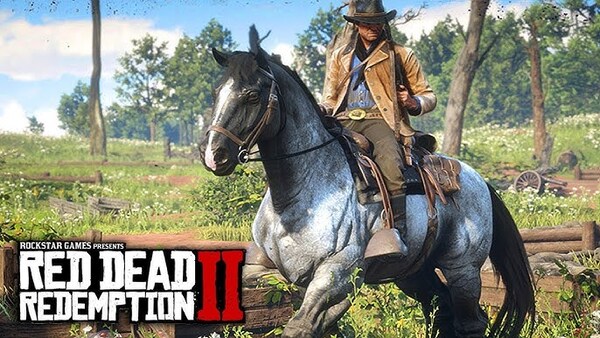Introduction
Red Dead Redemption 2, developed by Rockstar Games, is known for its immersive world and attention to detail. However, its heavy focus on realism often makes the game less accessible, especially for casual players. From slow exploration to complex mechanics, these elements can frustrate players who want a more streamlined experience. This article explores how the game’s realism creates barriers to accessibility and suggests ways to improve it.

The Impact of Realism on Game Mechanics
Red Dead Redemption 2's commitment to realism influences nearly every mechanic, like requiring players to manage Arthur’s physical needs (eating, sleeping). While some players enjoy this, it can be tedious and disrupt the flow of the game.
The Slow Pace of Exploration
Traveling across the vast map takes time, slowing down gameplay and interrupting the action, which can frustrate those seeking a faster-paced experience.
Micromanaging Arthur’s Needs
Keeping Arthur well-fed and well-rested can feel like a chore, detracting from the more exciting aspects of the game.

Realism in Combat and Its Effect on Player Agency
The combat system in Red Dead Redemption 2 is slow and deliberate, requiring players to manage ammunition and maintain weapons. While realistic, it can feel sluggish and interrupt the excitement of gunfights.
The Weight of Realism in Combat Mechanics
Combat is slower than in other games, demanding more tactical thinking and weapon management, which can feel tedious during intense firefights.
The Slow, Methodical Approach to Gunfights
The deliberate pace of combat may not appeal to players who prefer fast-paced action, especially compared to other open-world shooters.

Accessibility Challenges for New Players
The steep learning curve can make Red Dead Redemption 2 intimidating, with new players struggling to manage controls, systems, and mechanics.
Overwhelming Amount of Information
The game bombards players with numerous systems to learn, making it difficult for newcomers to get into the game.
Steep Learning Curve for Combat and Movement
Mastering the combat and movement mechanics takes time, which can be frustrating for new players.
Time Commitment vs. Accessibility
Red Dead Redemption 2 requires a significant time investment, making it less accessible to players with limited gaming time. The slow narrative pace and abundance of side activities can feel overwhelming.
The Pressure to Commit to the Story
The game’s slow pacing requires long sessions, which may not suit players seeking shorter experiences.
Side Activities and the Completionist Mindset
Completionists may find themselves overwhelmed by the sheer number of side activities, which can make the game feel like a time-consuming task.
Game Design: How Realism Affects the Flow of the Experience
Realism in Red Dead Redemption 2 often interrupts the game’s flow, with frequent micromanagement tasks breaking immersion.
Interruptions to Immersion
Managing Arthur’s needs during missions disrupts the narrative and slows down gameplay.
Balancing Realism with Enjoyment
The game must find a balance between realism and fun to keep players engaged without feeling burdened by tedious tasks.
Potential Improvements for Accessibility in Red Dead Redemption 2
To make the game more accessible, Rockstar could introduce adjustable difficulty levels and streamline non-essential realism features.
Introducing Adjustable Difficulty Levels
Offering options to adjust combat difficulty would help make the game more accessible to a wider audience.
Streamlining Non-Essential Features
Reducing the time spent on micromanaging Arthur’s needs would allow players to focus more on the story and exploration.
Conclusion
Red Dead Redemption 2’s realism adds depth to the game but creates barriers for accessibility. By offering options to streamline the experience and reduce micromanagement, Rockstar could make the game more enjoyable for casual players without compromising its core experience.





















